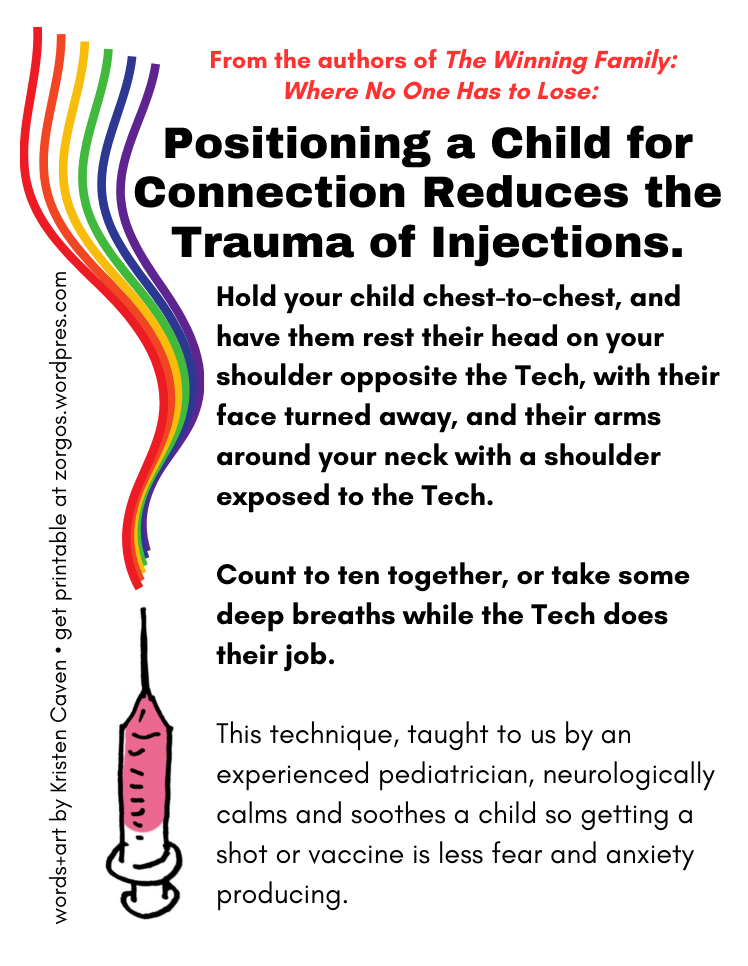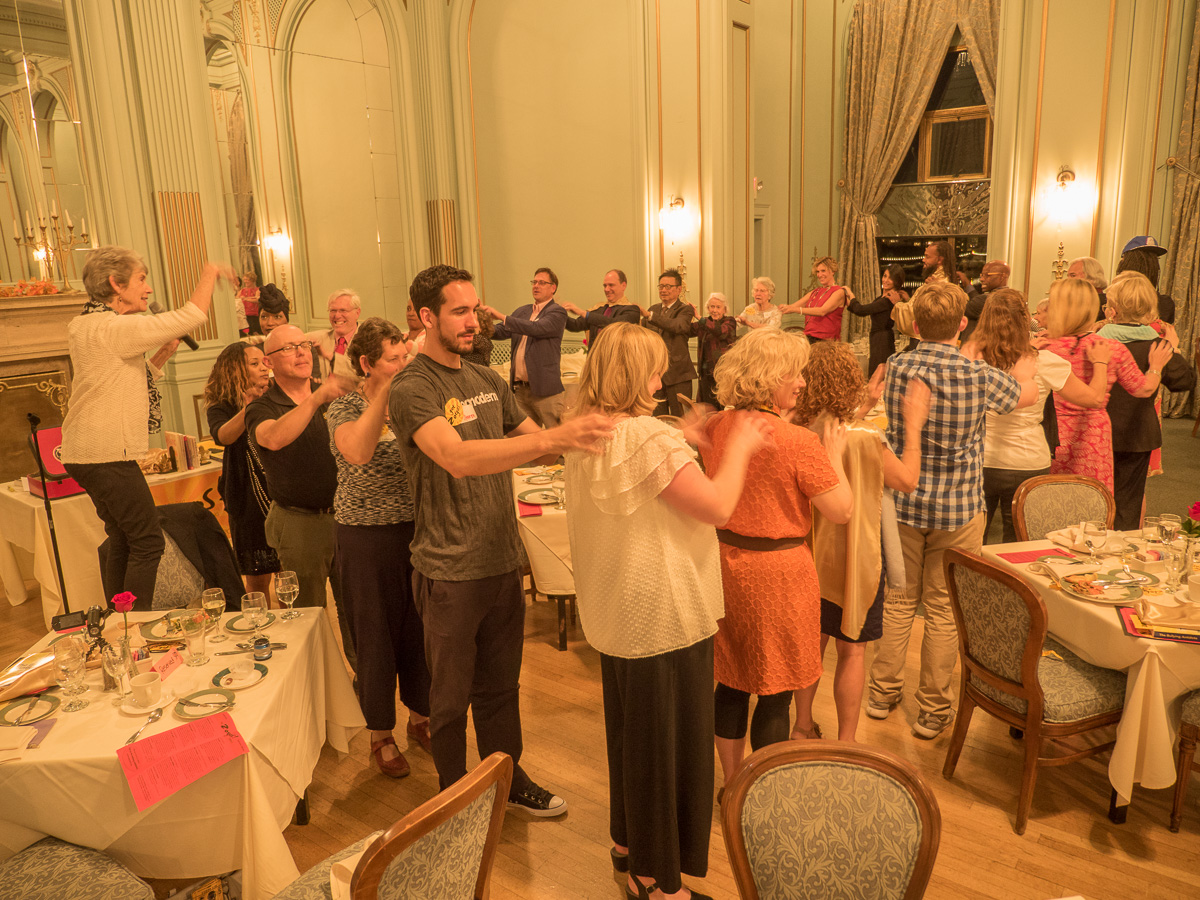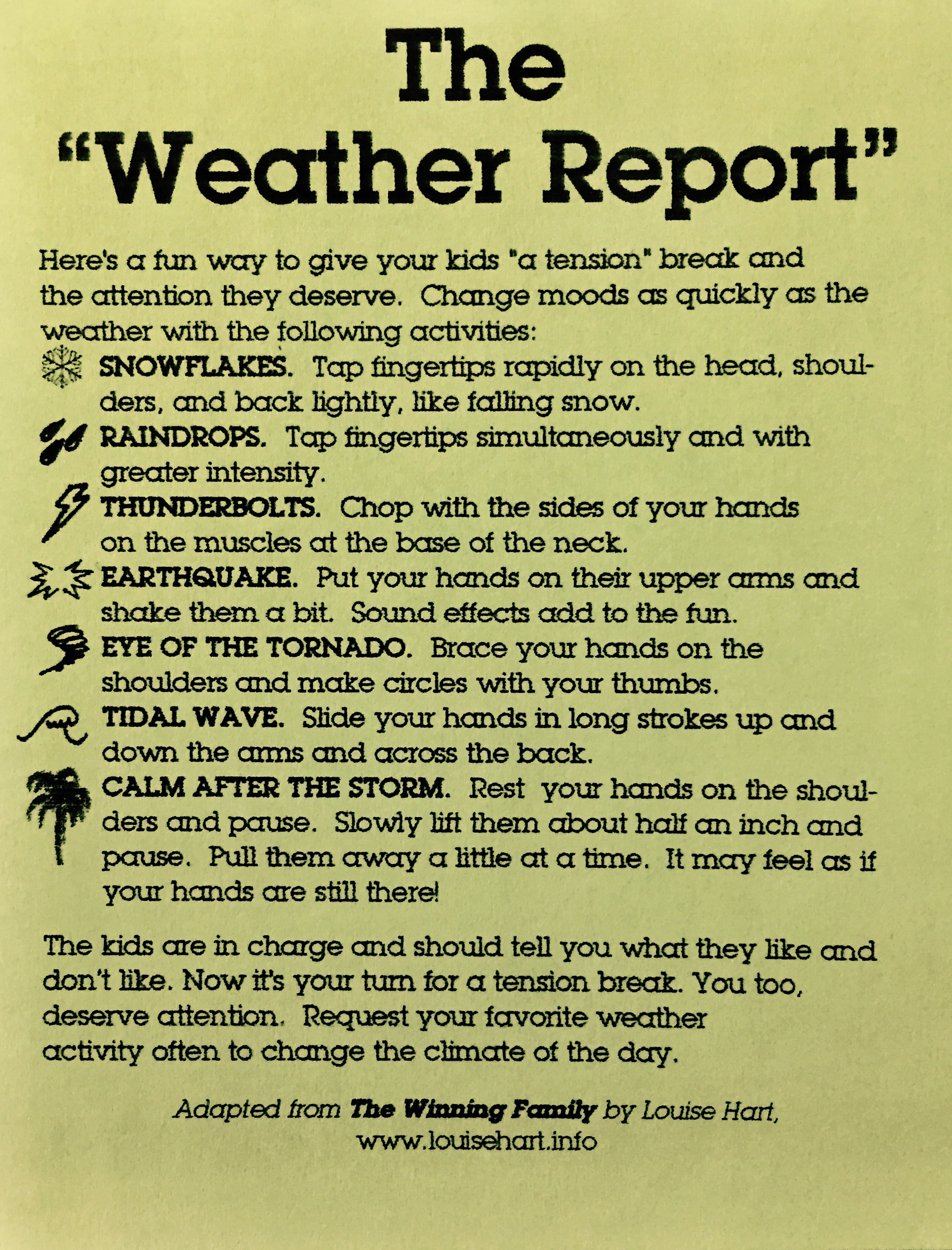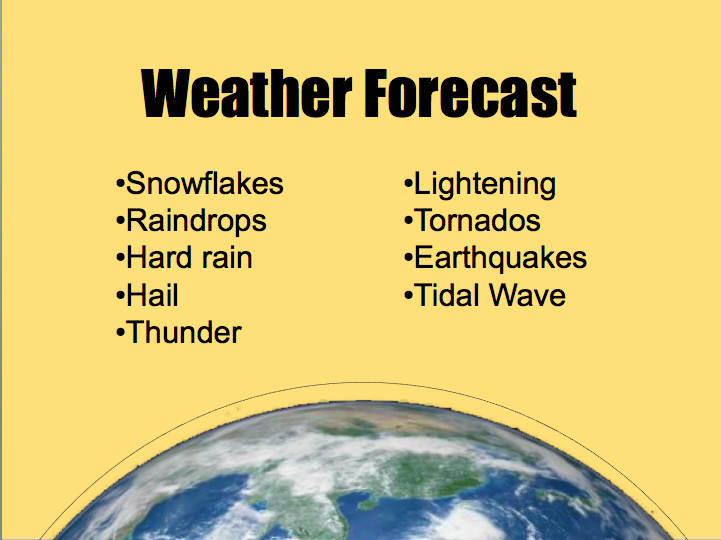
Doctor of Neuroscience David Rock has changed the way businesses think about managing the human needs of their employees. Understanding his SCARF model can also help us to understand our children and teens.
We all have basic needs that must be met for us to feel safe and well. But when we are feeling emotionally uncomfortable, it’s not always obvious what those needs are. The SCARF model of social needs by David Rock seems to be a very elegant way of exploring those needs. Here is a simple and intuitive description of the model:
 STATUS – Your importance compared to others.
STATUS – Your importance compared to others.
CERTAINTY – Predicting the future and anticipating change.
AUTONOMY – The sense of control over events, and the need to feel you have a choice.
RELATEDNESS – The sense of safety and belonging to a social group.
FAIRNESS – The fair exchanges between people.
If some of these areas are under threat, we experience an “away” feeling. If these needs are met, we experience a “towards” feeling. Watch your kids relate to peers, adults, information they receive from the world, and YOU, considering this model. The insights you receive will help you find ways to talk to them about what is going on, and how they can better get what they need.
Sources:
The SCARF model | Dr. Cezar Danilevici
Read more: David Rock on Neuroscience, Leadership and the SCARF Model (Ed Batista)


 Dr. Louise Hart
Dr. Louise Hart




